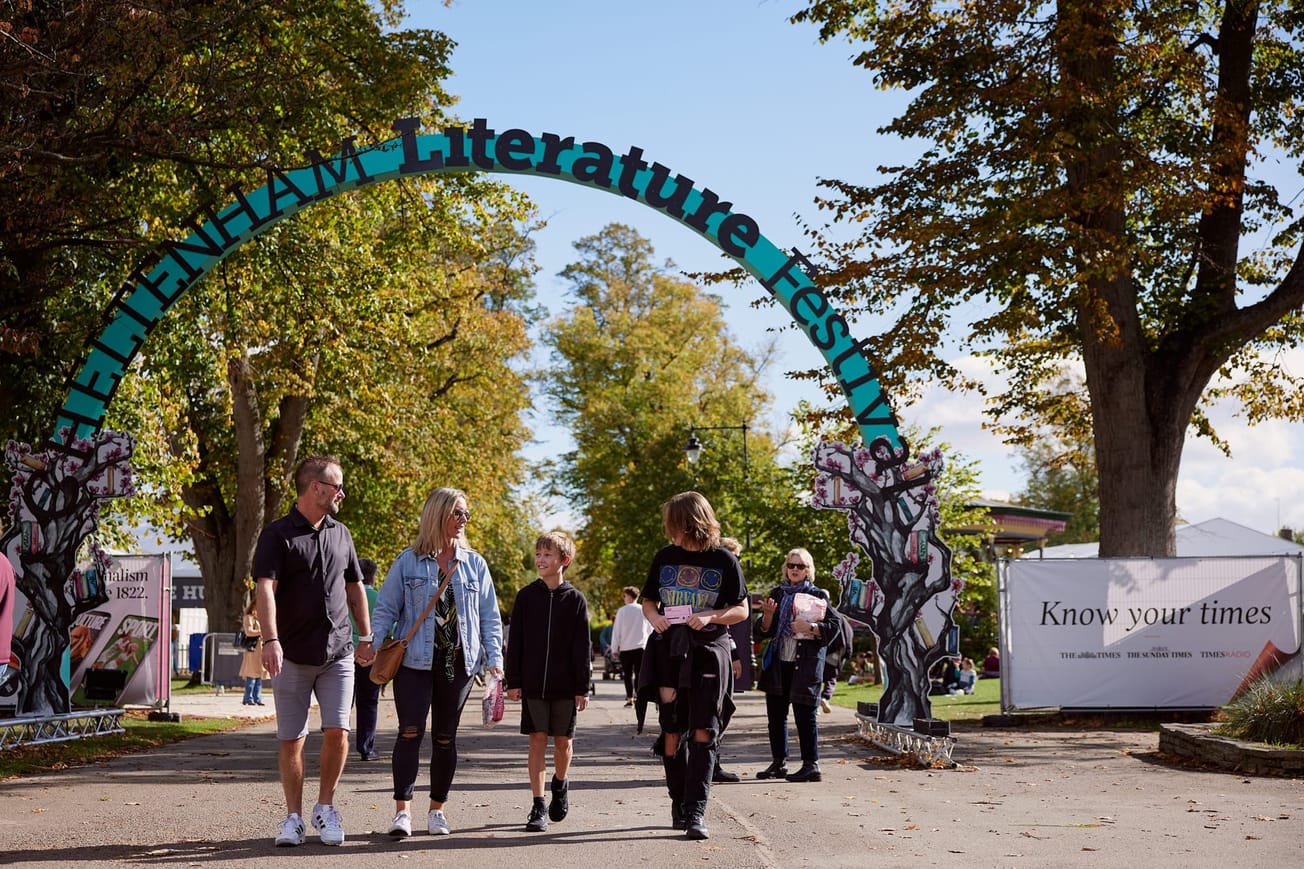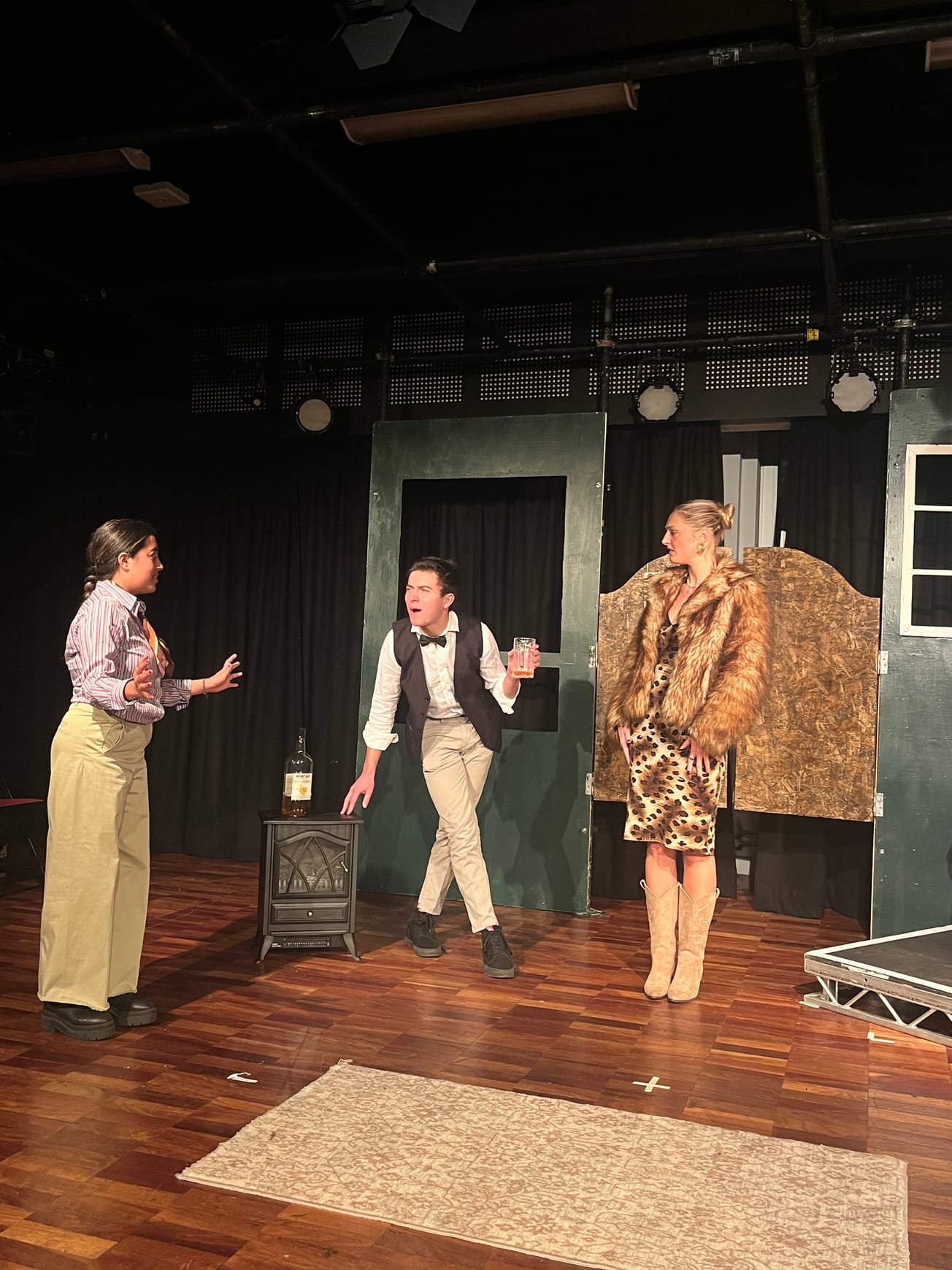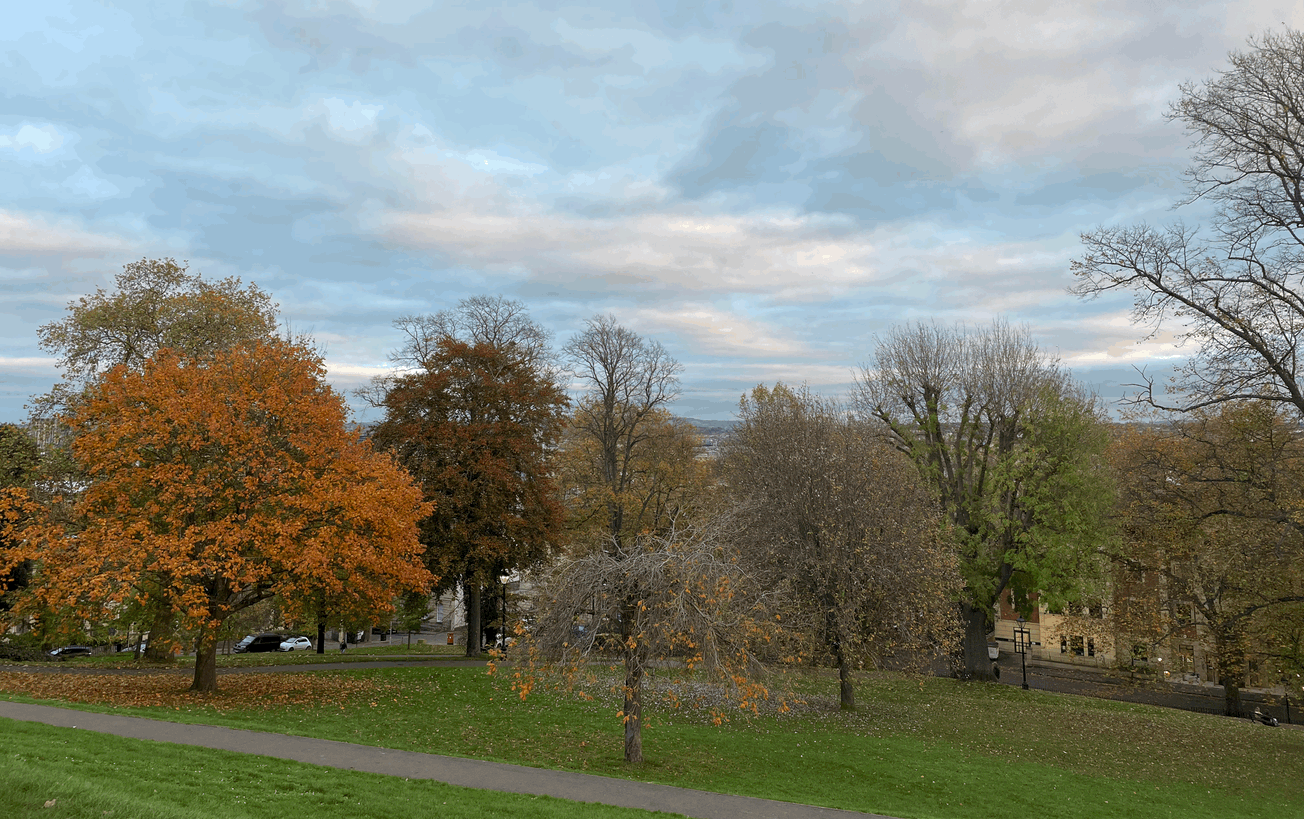By Bamidele Madamidola, Arts Critic
Literary Prizes and Good Taste…
It’s Christmastime and I imagine most of us at Bristol have a long list of books we want to read, have wish-listed for Christmas and perhaps been gifted, or are finally going to delve into after years of putting off.
Novels, such as ‘Normal People’, novels from literary prizes, start to rise at this time of the year.
Winning literary prizes is often a benchmark in an author’s career but the prizes are often seen as elitist and snobby. In fact, Literature as a whole is seen as elitist and snobbish, centring, universalising and written by the white, middle class.

But what if I said that was not the case. Would you believe me?
This year, Douglas Stuart won the most prestigious literary prize in the English-language with his debut novel ‘Shuggie Bain’ centring the protagonist Shuggie, growing up with his alcoholic mother in the 1980s, in Thatcher-era post-industrial working-class Glasgow.
Last year, Margaret Atwood’s ‘The Testaments’ shared the Booker Prize with Bernardine Evaristo’s ‘fusion fiction’, encompassing the twelve lives of predominantly black wxmen across the country and across decades in ‘Girl, Woman, Other’.
The gaze is refocusing on new and refreshing character experiences and narrators. The problem isn’t Literature. The problem is publishing and a need for an array of experiences and voices to be represented and new writers to be published. Writers of Literature go beyond the white, middle class.
The problem isn’t Literature. The problem is publishing
I grew up on television more so than Literature and the culture of book reading. Watching Disney Channel, Eastenders, Ugly Betty, America’s Next Top Model, Nollywood movies and Victorious, was far more engaging to me than reading.
I eventually bought ‘The Diary of a Wimpy Kid’ series then moved on to more serious matters, reading YA canonical staples, such as ‘The Perks of Being A Wallflower’ and ‘The Fault in Our Stars’. At A-Level, I knew it was time to step up my reading habits again and read more serious books, before embarking on an English degree.
My personal statement was littered with important canonical texts, like most English students trying to sound intellectual. It was largely works by white, middle class writers.

I recently had a conversation with a friend arguing that Literature and the concept of High Art is elitism and was, or at least sounded, exclusionary to working class stories. This conversation ended up changing my thinking. Publishing was the problem. Not Literature.
Archie, a second year at Cambridge, told me he ‘only read classics, literary fiction, and established works’. I told him that he sounded snobby and that snobs were people with a pretentious pursuit of reading classics merely for the aesthetic and outer form of validation.
He said: ‘snobbery was made up by people with bad taste. Because of jealousy, they vilify people with good taste. No one can be a snob, it’s just a consumption of high culture’. This then led to a fruitful discussion of class and Good Taste.
It was largely works by white, middle class writers.
I thought the phrase High Art reinforced the idea of hierarchy which is analogous to social class. Middle class/elite writers and stories at the top. Working class writers and stories at the bottom and viewed as ‘bad taste’.
But maybe it was thinking of High Art aligning only with the wealthy that was problematic in itself, not the concept.
I told my friend Morayo about Archie’s argument and she recommended reading Sontag’s ‘On Camp’.
But maybe it was thinking of High Art aligning only with the wealthy that was problematic in itself, not the concept.
Sontag argues about the objectivity of taste. That there is ‘Bad Taste’ and that there is ‘Good Taste’. We value Art through three sensibilities. High Art can be serious in form and content with a moralistic message showing this: we look for harmony between the form and content.
High Art can be ‘avant-garde’. It can privilege extreme states of feeling and through the disharmony between the form and content a work is valued. Or it can be Camp. Camp privileges ‘style over content, aesthetics over morals, and irony over tragedy’. It is playful, ironic and satirises the intellectual character.
Camp fails when it is serious. Therefore how we view a work’s merit is through the lens of ‘Good Taste’. A work is Literary if it falls into this.

Is it flawless? No. Why else would we have book prizes honouring women and the LGBTQ+ if it was only on ‘Good Taste’ alone novels were judged. Prizes such as the Women’s Prize for Ficton recognise the importance of representation, the difficulty of publishing work, as well as valuing High Art. Categories and sometimes criterias need to be put into place.
The problem is not the classification system of these prizes, but the lack of stories from marginalised communities not being recognised or published.
So, then we came to this. High Art appears as classists from the outside, but looking within, it’s not. This is why Steinbeck’s ‘The Grapes of Wrath’ was so radical to me. It centered the working class Joads to epic proportions.
The problem is not the classification system of these prizes, but the lack of stories from marginalised communities not being recognised or published.
The disproportion in class, race, and intersecting identities stories not being represented stems from a belief that “black and Asian people are not considered to be a substantial readership, or to even be readers”.
We need a wider range of stories represented to alter the skewed perception of Literature as elitist and classist. Stories falling out of the white, middle class category are not deemed High Art or worth publishing, but there is a demand for it and a readership.
Stories like ‘Shuggie Bain’ and ‘The Grapes of Wrath’ reinforce the idea of the capaciousness of Literature. That working class stories are High Art. As Archie explained to me: ‘It’s about taste. It’s not dependent on class’.
Stories falling out of the white, middle class category are not deemed High Art or worth publishing, but there is a demand for it and a readership.
Consuming and reading ‘High Art’ is also obviously a privilege that we, as English students, are able to experience by going to university for three years and paying £9,250 a year to spend time engaging with it. Maybe this was why I was obsessed with understanding why people valued High Art and Literature so dearly as I grew older.
Reading contemporary writers such as Candice Carty-Williams during lockdown, centering the life of a Caribbean woman in south London, exploring Black female identity and sexual politics in her debut novel ‘Queenie’, flummoxed me. It was so refreshing reading a novel written with a voice so contemporary, so rooted in a Black female experience, I started to question its literary merit because I hadn’t read anything like it. My own preconceived understanding of Literature was shaken. It was, and is, literary.
Opinion | The Arts are important. Don't let the Tories tell you otherwise
Literature through lockdown: What we can learn from reading the classics
Literature is a capacious enough form to see the world through multiple gazes and characters and represent the plurality and multiculturalism of society today. What is at the heart of contemporary writers today is exploring High Art through multiple experiences (the working class, the black female experience, the gay post-industrial Scotland experience etc). More so eloquently explored in Sally Rooney’s ‘Normal People’, Rooney alludes to these questions about taste, class and culture.

High Art is paradoxical. It engages with race and politics, but also transcends this. The fundamental question at the heart of Art is about understanding ourselves and how we interact with each other. It’s about society. It’s about humanity.
Featured Image: Epigram / Dulcie Godfrey
Did you receive any books for Christmas?






